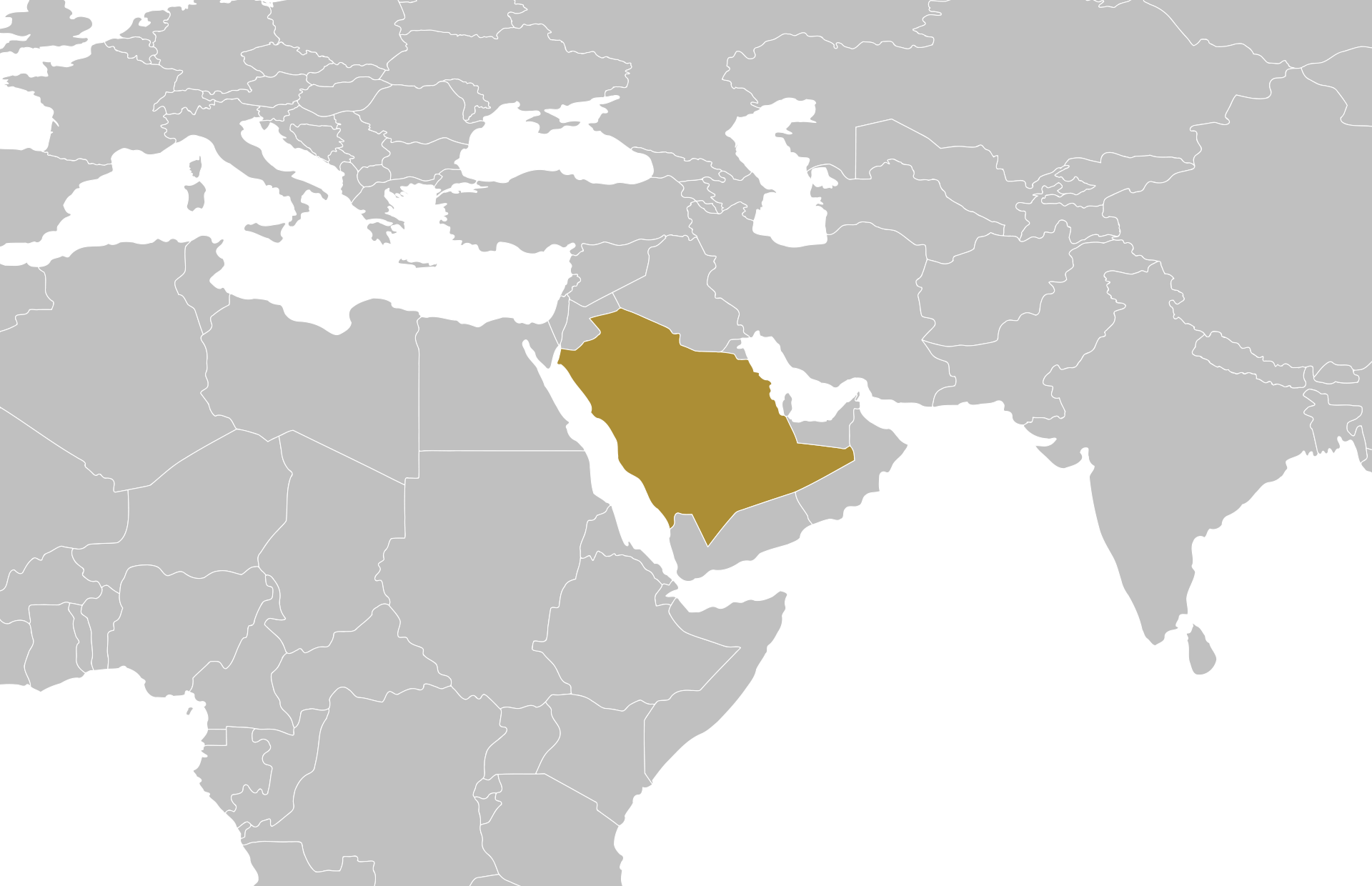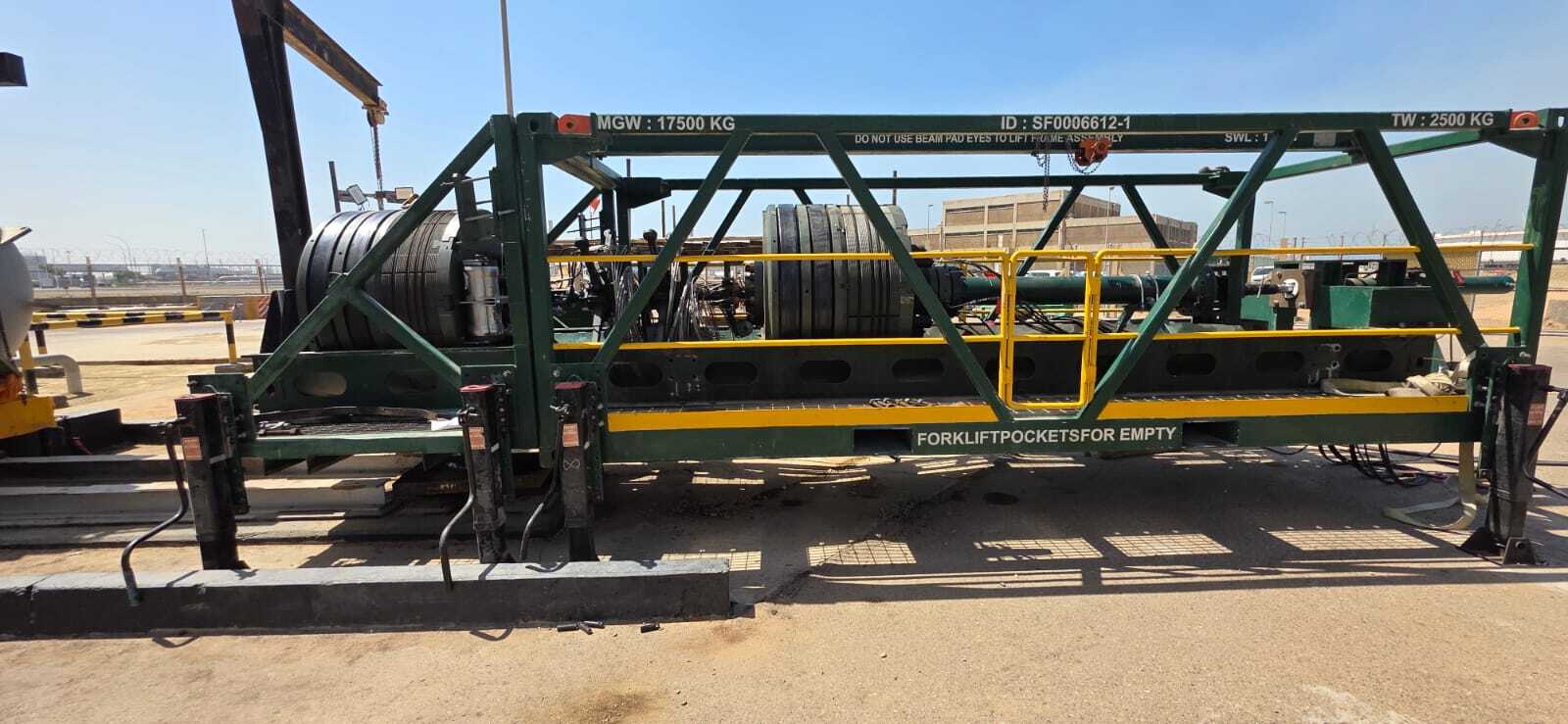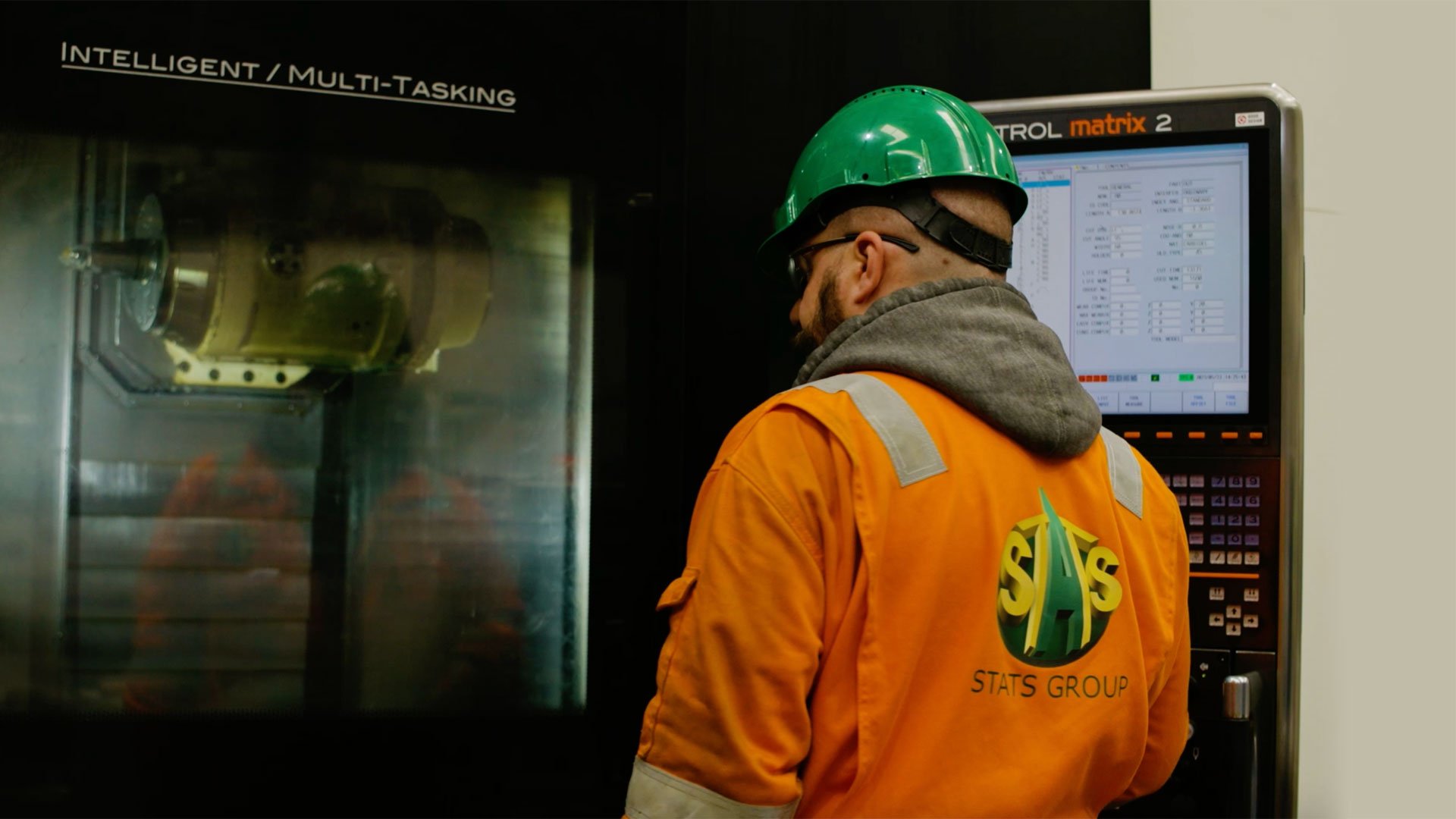Case Study
Executing Critical Valve Replacement on a 56” Pig Trap Receiver Without Halting Production, Saudi Arabia
Tool - Tecno Plug Isolation Tool
Location - Saudi Arabia


STATS Group has successfully completed a 56” inline isolation of a crude oil pipeline in Saudi Arabia to enable a pig trap valve replacement without halting production.
A major client in Saudi Arabia required the replacement of a 56” pig trap receiver valve, with the critical condition that the work be completed without shutting down, purging, or flushing the entire pipeline.
STATS were approached to engineer a solution whereby an isolation tool could be deployed to allow the safe replacement of the pig trap valve. Following a comprehensive engineering study and detailed site survey, STATS proposed a custom-designed 56" Tethered Tecno Plug®, tailored specifically for this application and to overcome challenges with some non-standard pig trap features.
This is the largest Tecno Plug in the history of STATS, highlighting a remarkable milestone in our capability to deliver safe, innovative and large-scale isolation solutions for critical pipeline infrastructure. This successful project provided a safe and cost-effective double block isolation, resulting in no interruption to production and preventing a costly shutdown. The safe and efficient workscope was a result of advanced planning, dedication and teamwork between STATS and client personnel.

Jijo George

STATS Tethered Tecno Plug isolation system featured two integrated isolation modules, engineered to deliver a safe and controlled pipeline isolation. The first module, known as the Door Plug, replaces the pig trap door and provides the primary isolation. Once primary isolation is confirmed, the second module - The Tecno Plug is advanced to its designated set location immediately downstream of the 56" pig trap receiver valve.
Both modules are designed to deliver a fail-safe double block and monitored isolation. Each isolation plug features dual elastomer seals and taper locks, the annulus void between the seals can be pressure tested to confirm seal integrity before breaking containment. The inline isolation tool is DNV Type Approved and fully certified to meet the requirements outlined in DNV-OS-F101, DNV-RP-F113 and ASME BPVC Section VIII, Division 2, ensuring compliance with the highest industry standards.
Prior to mobilisation, a comprehensive Factory Acceptance Test (FAT) was carried out on all 56" equipment at STATS' Abu Dhabi facility. The test replicated site conditions and validated equipment performance under maximum isolation pressure. To further ensure integrity, an additional leak test was conducted at STATS' Dammam facility before final deployment. Both test phases were witnessed by client representatives, ensuring full alignment to stringent operational and safety standards.
Following thorough pre-deployment inspections, the deployment tray holding the isolation plugs was positioned in front of the pipeline pig trap receiver door. The client then depressurised the pig trap and opened the door, enabling safe loading of the 56" Tethered Tecno Plug and Door Plug.
Using stem bars, both the isolation plugs were pushed on wheels into the pig trap receiver and advanced into the pipeline until the front isolation plug was in the minor barrel. Once in position, the rear Door Plug was hydraulically activated, causing the taper locks and dual seals to radially expand against the pipe wall. Seal testing was performed to verify the integrity of the primary and secondary seals, with both seals independently tested and monitored. The Door Plug replaces the pig trap door and allows access for the tether (Hydraulic control and monitoring lines) to pass through, enabling the pipeline to remain pressurised and operational, without replacing or modifying the original pig trap door.
.jpeg?width=1600&height=739&name=WhatsApp%20Image%202025-07-24%20at%205.47.03%20AM%20(5).jpeg)
After confirming the double block isolation, a leak-test of the pig trap was performed and the 56" pig trap valve was opened, allowing the Tethered Tecno Plug to be pushed downstream of the valve location. The compact design of the Tethered Tecno Plug allowed the isolation plug to be set in the short section of pipework upstream of the production tee maintaining uninterrupted production.
With primary and secondary seal tests completed and double block isolation verified, the isolation certificate was issued and the client unbolted the existing pig trap valve. The stem bar was hydraulically disconnected, allowing removal of the old valve.
The Tecno Plug fail-safe design uses differential pressure acting on the tool to energise the locks and seals; this is referred to as self-energisation. When the isolation plug is self-energised the isolation is maintained independent of the control system, it is however backed up by the hydraulic control system, which maintains the isolation when the differential pressure is below the self-energisation threshold.
During valve replacement operations, a remote monitoring module maintained continuous surveillance of the dual seals, relaying pressure readings in real time back to the STATS isolation technician. Communication was facilitated using an extremely low-frequency (ELF) inductive system and a manual connection (stab), ensuring full monitoring throughout the isolation phase. The Tecno Plug and Door Plug remained leak-tight and stable under monitored conditions throughout the remedial works, effectively isolating downstream pressure (55 bar) without halting production.
.jpeg?width=1600&height=739&name=WhatsApp%20Image%202025-07-24%20at%205.47.52%20AM%20(1).jpeg)
Following installation of the new 56” pig trap valve, the stem bar was reconnected hydraulically and the valve fully torqued. Communication systems were verified, and a flange joint leak test was conducted. Upon successful testing, the Tecno Plug isolation certificate was withdrawn, and pipeline product was reintroduced into the section between the Tecno Plug and the Door Plug to equalise pressure and prepare for the isolation plug removal sequence. The Tecno Plug was then unset and retracted to its initial deployment position. After closing the new pig trap valve, a pressure build-up test was performed to confirm valve integrity.
Finally, the Door Plug was unset and both the Tecno Plug and Door Plug were retracted to the original deployment tray, marking the successful completion of the operation.
